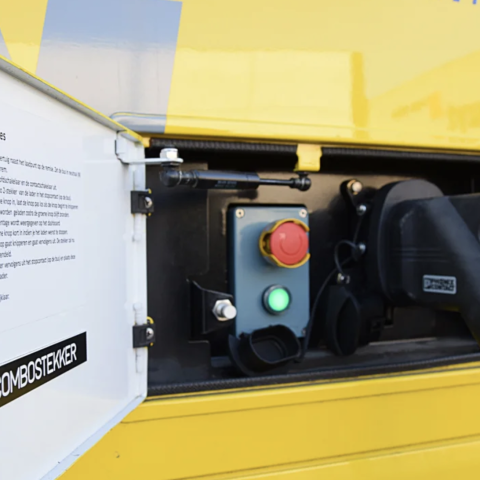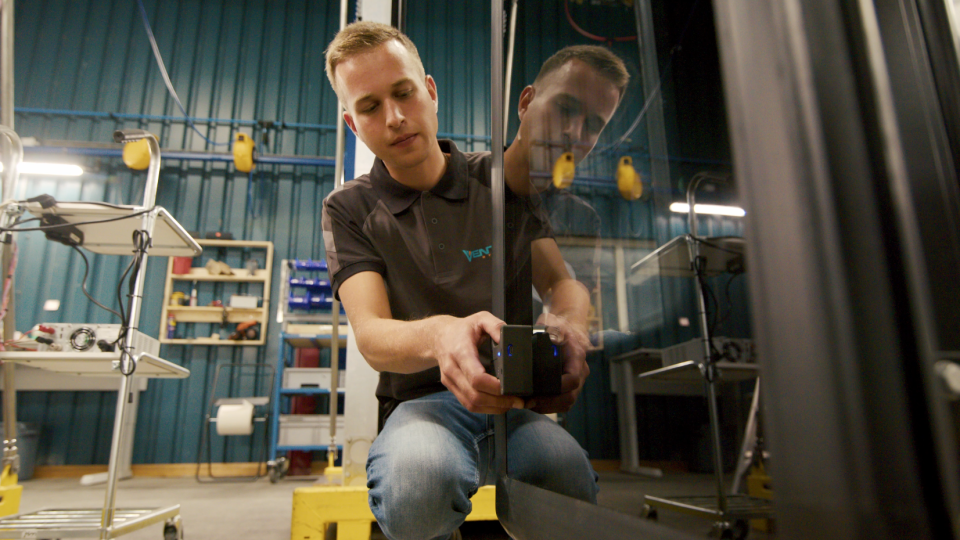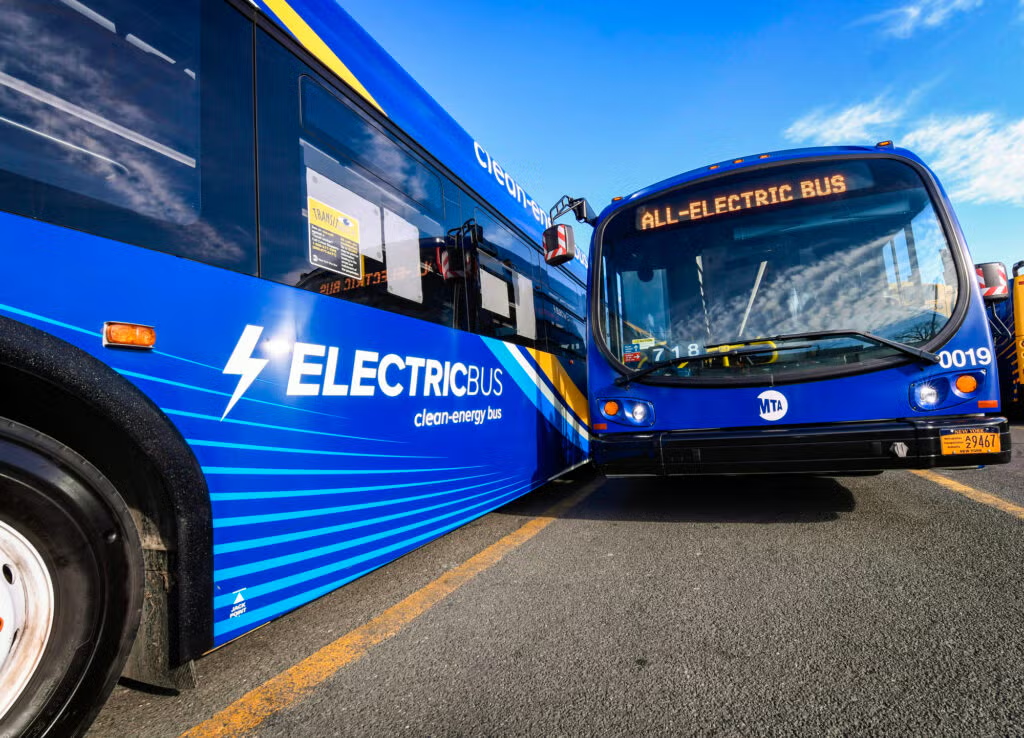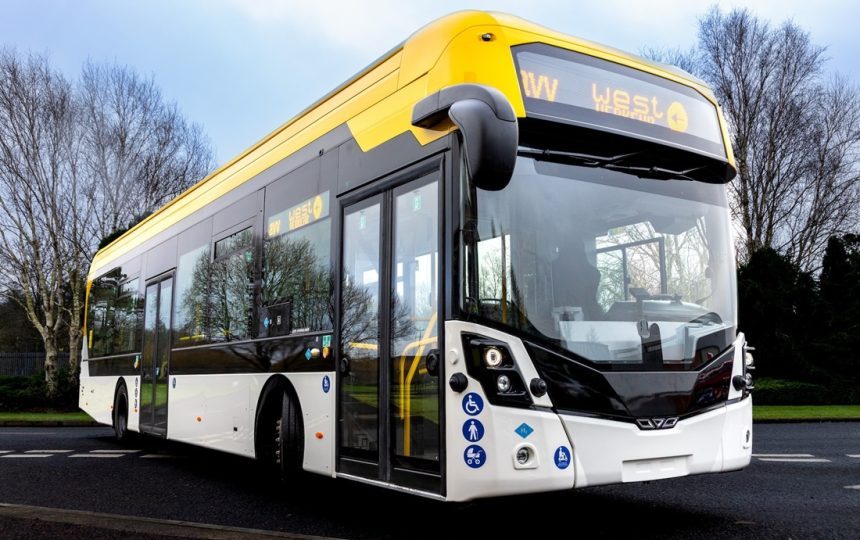De Lijn launches a procurement for up to 1,250 e-buses from 10 to 24-meter. Also e-midibuses to be purchased
The board of directors of De Lijn has started a new procurement for the purchase of up to 1,250 emission-free buses of different types with lengths between 8.5 to 24 metres. This procedure runs parallel to the framework agreement for a maximum of 350 standard e-buses that was awarded last year. De Lijn to procure […]

The board of directors of De Lijn has started a new procurement for the purchase of up to 1,250 emission-free buses of different types with lengths between 8.5 to 24 metres.
This procedure runs parallel to the framework agreement for a maximum of 350 standard e-buses that was awarded last year.
De Lijn to procure up to 1,250 e-buses
Last year De Lijn ordered 60 emission-free battery buses with a length of 12 metres from Van Hool (36) and VDL (24). With this Board of Directors’ decision, the greening of the fleet enters a next phase. Within the funding framework of the next few years, De Lijn will remove the EUR3 and EUR4 buses from its fleet and replace them with emission-free battery-electric buses.
In concrete terms, De Lijn has opted for two framework agreements via a negotiated procedure, with a prior call for competition with a term of six years. The actual number of vehicles that will be purchased depends on the technological evolution during the term of the framework agreement. The largest project includes the following lots:
- Articulated e-buses (length ca. 18 metres, maximum 500 buses)
- Standard e-buses (length ca. 12 metres, maximum 500 buses)
- City e-buses (length ca. 10 metres, maximum 75 buses)
- High-capacity public transport e-buses (length approx. 18 metres, maximum 75 buses)
- High-capacity public transport e-buses (length approx. 24 metres, maximum 75 buses)
The buses in this large framework agreement will be purchased in phases, depending on the needs and the network.
De Lijn to buy electric midibuses as well
In addition, De Lijn has also published a framework agreement for a maximum of 25 midi-buses (length ca. 8 metres). These e-buses, which can transport around 50 passengers, will be included in a separate tender. The first midi e-buses will be ordered later this year, with entry into service expected in Bruges in the summer of 2023.











